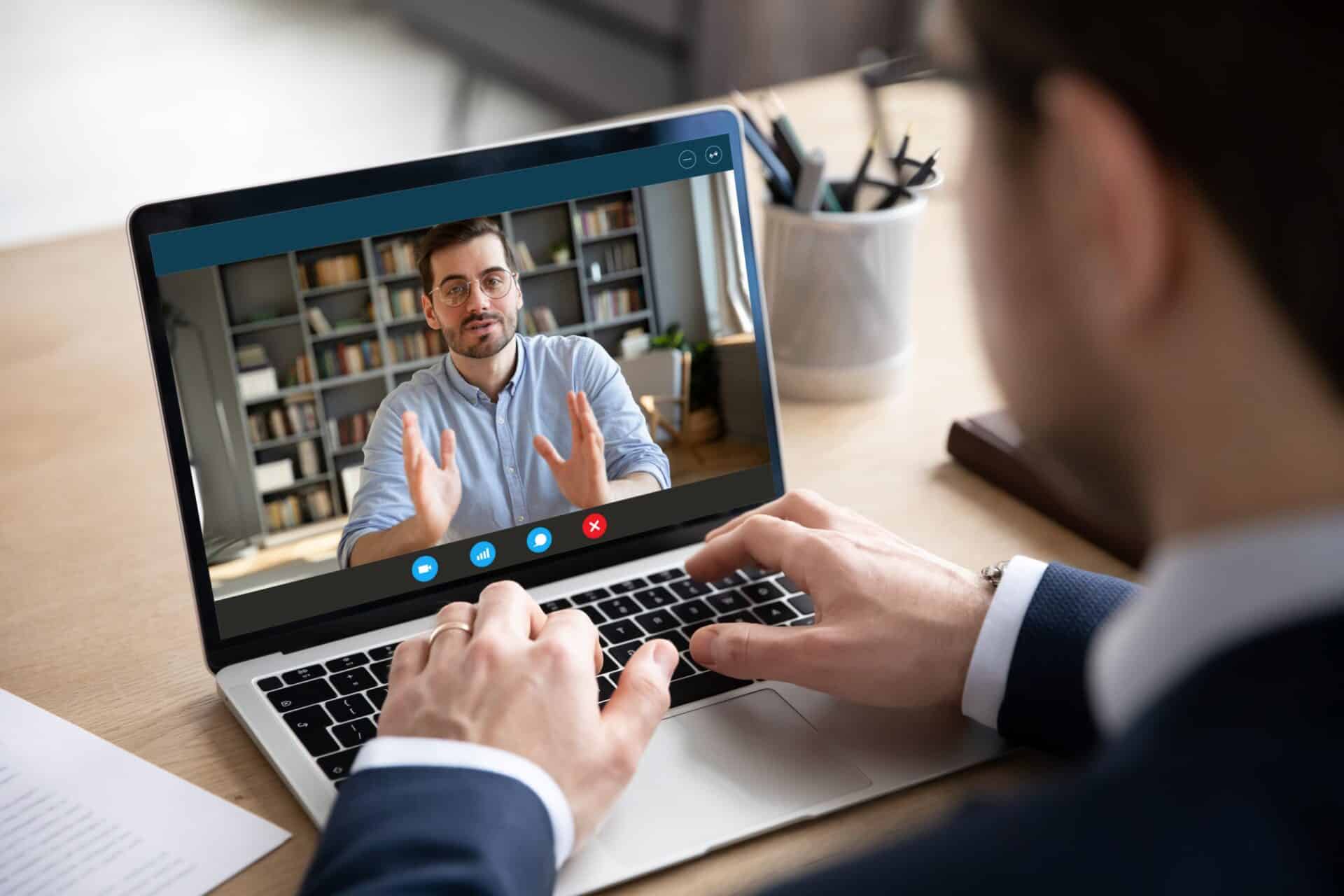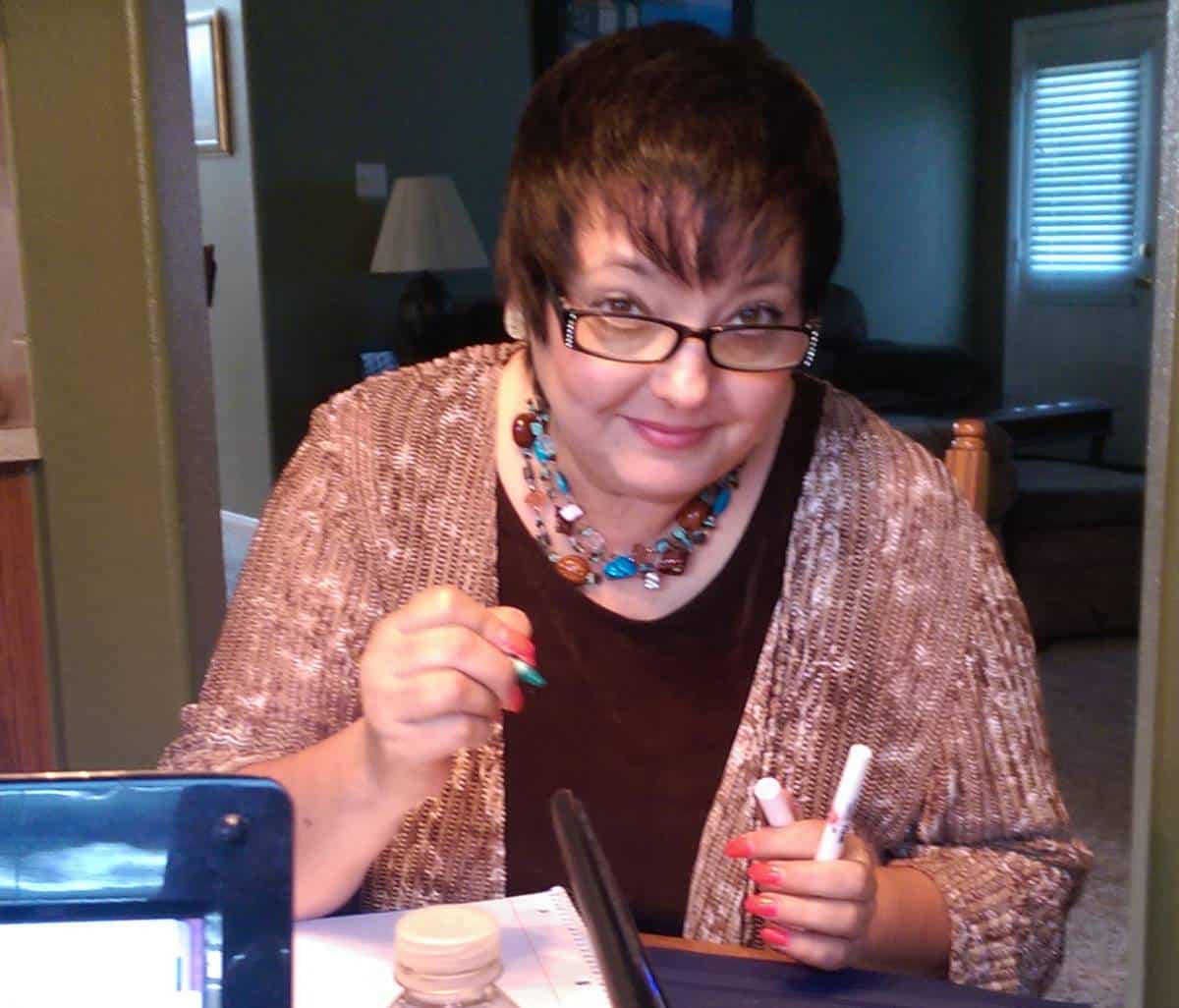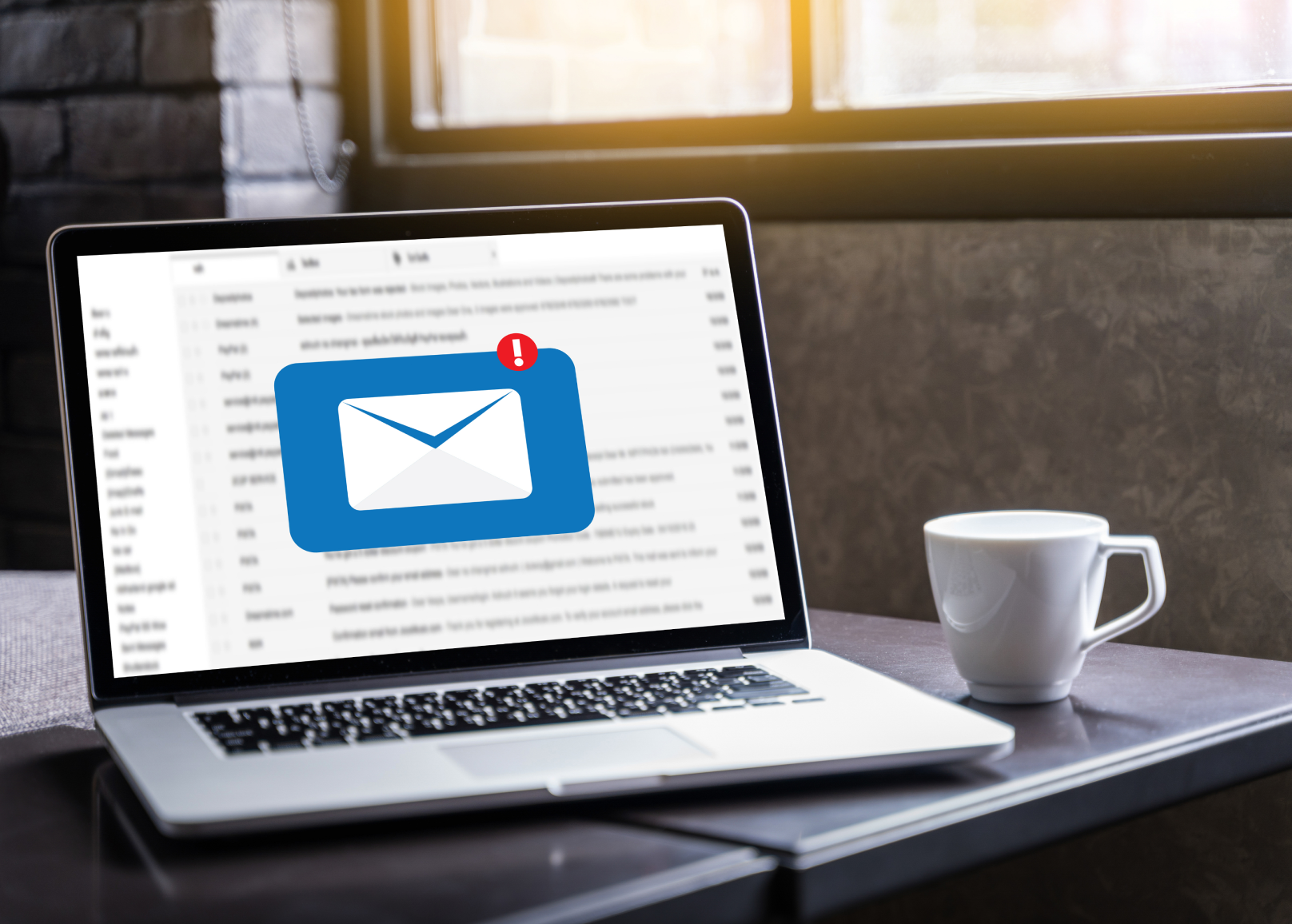We all know that buyer’s remorse is common after making a large purchase such as a car or a new home. Those of us on the lead generation side of sales know there is a counterpart version of buyer’s remorse after setting an appointment. Let’s name it appointment remorse. Appointment remorse is when a prospect starts rethinking why they scheduled the meeting, which can too often lead to a ‘no show.’ The virtual world we live in today makes it easier than ever to ‘no show’ a phone appointment. Like it or not, the level of commitment perceived by the prospect is not as great for a virtual appointment as it is with a traditional, physical appointment.
What are the remedies to appointment remorse? While perfection may not be a realistic goal, it is possible to eradicate most of the ‘no shows’ by using three primary remedies.

Remedy 1 – The Button Down.
I’ve noticed that sales training typically includes techniques to address buyer’s remorse for a closed sale but there is not nearly as much training out there to address appointment remorse. The appointment Button Down is used on the call after the appointment is set, just as a closed sale button down is used after the sale is closed.
Elements of a good appointment Button Down are:
– Reiterate the basic facts of the meeting that has been scheduled including the time zone. This will bring into the prospect’s awareness that they have set a meeting at a specific date and time.
– Describe the process of upcoming next steps to set expectations. For example, explain what the prospect should expect after the call: an email with a video, an outlook invite, or a link to register for a free trial. Whatever the process is, describe what they should expect.
– Keep it human to human, use the prospect’s name and be conversational. Now is a good time to customize your button down by bringing in specifics such as, “hope your move goes well today and we look forward to meeting you next Tuesday.” People are humans. They aren’t as likely to no show people they have a relationship with or people they like.
and most importantly…
– Review the benefits of what’s in it for the prospect. We want to remind the prospect of why they set the meeting in the first place and so that they are looking forward to the meeting. This step will engage the prospect emotionally by reminding them of the pain they are looking to solve.
There are many variations on what can be covered in a button-down conversation. Almost any investment in the button-down step will yield a return of an improved show rate.

Remedy 2 – Keep the Meeting Date Close to the Call Date.
With phone appointments, meetings should be set for the same day or the next day, but no more than two days out from the call date. The farther away from the call date, the more dramatic the no show rate climbs. There is a significant increase in no shows, even for three days out. For this reason, some of our clients prefer live transfers. I personally prefer same day appointments over live transfers.
Regardless of the type of meeting that is being scheduled, it is always better to keep the meeting date as close to the call date as possible, even with traditional physical appointments. The rules for scheduling physical appointments are not the same as the rules for virtual appointments. We must adapt to the virtual appointment world by having a greater awareness of scheduling as tightly as possible to the call date.
Remedy 3 – Type of Meeting.
Here is the hierarchy for four types of appointments as it relates to show rate. Physical appointments have the best show rate and phone appointments have the worst show rate.
The Established Elite: Physical, face to face appointments. Face to face appointments are not feasible for all situations. They are however, still the established, elite when it comes to type of appointment. There is no better way to establish a relationship than eyeball to eyeball. The perceived commitment on the part of the prospect is greater for a one on one, face to face meeting. From a salesperson’s point of view, one can learn so much more in a short period of time in a face to face meeting than from any type of virtual meeting. When you can see surroundings, judge body language and the effects of interruptions, etc, it’s akin to multi-media vs. reading text. Yes, face to face meetings are old school, however, not everything about old school is bad. Face to face meetings are personal and human to human. Interactions and relationships with other humans can be scaled, enhanced and emulated by technology but they still can’t be replaced.
The Ballers: Web demos. Web Demos are the ballers of the virtual appointment types. They are the most excellent of the choices between virtual meeting types. The perceived commitment on the part of the prospect is almost as high as a physical appointment because people are aware that they must be at their computer in order to attend the meeting however, it is still easier to no show than a physical meeting. The expectation is they will learn more in a short period of time by seeing a demo of something that may help them improve some aspect of their business. While not every sales scenario is relevant to creating this type of meeting, it is worth considering whether it may be possible to upgrade to this type of meeting due to the improved show rate.
The Bougie: Video Sales Meetings. Video sales meetings are a little more bougie. They are the aspiring upper- class elite of meeting types. Video meetings, such as on Zoom or Teams are wide spread and have become preferred since COVID. These meeting types allow us to increase the number of appointments we can do in a day and are enormously useful tools. The show rate is better for video sales meetings than phone appointments for the same reasons as noted above, except that today, many people do not bother to turn on their video. This turns it more into a phone appointment anyway, unless you are going to have something interactive to discuss on the screen share. For these reasons, for purposes of show rate, the baller web demos still beat out the bougie video sales meetings.
The Hoi Polloi: Phone Appointments. Phone appointments are at the bottom of the rung because they are the easiest to no show. This is only true with cold sales appointments. When a relationship is established with a human, people don’t behave in the same way regarding no shows. I personally prefer physical appointments whenever possible, however, most of our clients are all over the country, so we utilize both phone and video appointments. Phone appointments are convenient, so we keep the booking as close to the call date as possible. We also use auto reminders to confirm appointments, as it is another highly useful tool.
To solve the problem of appointment remorse driven no shows, it is better to take a proactive approach by acknowledging it and bringing it out into the cold light of day. We live in a busy world where prospects having second thoughts about making a time commitment is normal and to be expected. That’s one of the big contributors to appointment remorse. By implementing the three remedies, the appointment show rate can be significantly improved, which makes your own time more manageable and your sales forecast more predictable.
Try these remedies and let me know how they work. I’d love to hear your sales stories. And yes, that was a button down.

About the Author

Tracie Chancellor, CEO and Founder of TeleReach Corporate, national business to business call center specializing in sales appointment setting and lead generation, based in Houston, Texas. Chancellor is an MBA graduate of the University of Houston with over 20 years hands-on sales and marketing experience, working with privately-held businesses, universities, non-profit organizations, as well as Fortune businesses in the business to business marketing space.

